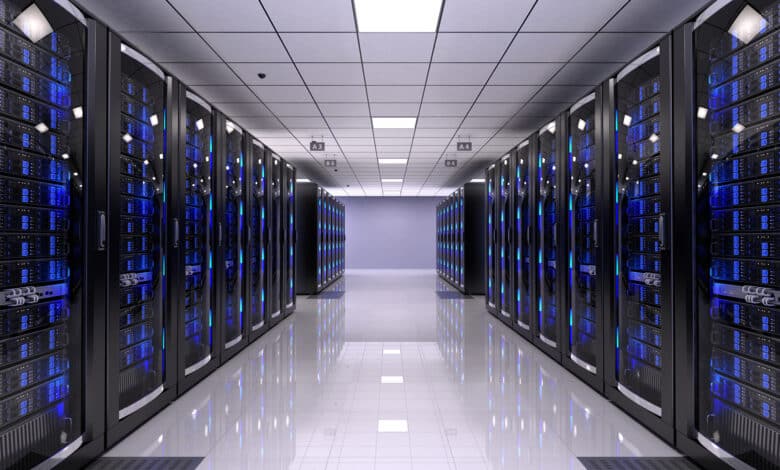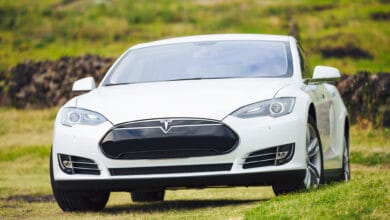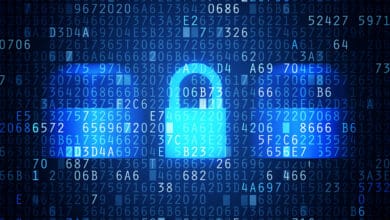
As comfortable as digitization may make our private and professional lives, it is unfortunately also harmful to the climate. Even if you don’t see any smoking chimneys here, open-plan offices with server systems and masses of computers are real energy guzzlers. In order to curb the effects on the climate, Germany has therefore created environmental policy guidelines for itself. Now it has become known that the federal government itself has apparently disregarded the Blue Angel specifications for its total of 184 data centers and any amount of IT technology.
Defaults for sustainability of digitalization disregarded
When it comes to energy consumption, the federal government wants to set a good example. Accordingly, environmental policy guidelines were established in Berlin. These should actually apply to all federally owned IT systems. A small question in the Bundestag has now revealed that the guidelines have apparently been ignored. The parliamentary group Die Linke asked the government about this and received a shocking answer. Last week, Anke Domscheit-Berg, digital policy spokesperson for the Bundestag parliamentary group, put the question online. From this it emerges that less than 10% of all data centers operated by the federal government do not even use their waste heat as a heating option.
On top of that, it crystallizes that the intended operation with renewable energies takes place only secondarily. Thus, not even 30% of all facilities use sustainable energy sources. There is probably only one data center that meets the Blue Angel’s own specifications. With a total of 184 data centers, this is a real indictment. In view of the current energy crisis, this is probably a full-blown scandal in the field of digitization. Ireland is a living example of how serious the energy consumption of data centers can be. Here, IT corporations such as Meta, for example, operate gigantic server facilities that have been endangering the power supply to private households for months.
Poor communication of data centers
Furthermore, the small inquiry brought to light that reporting on the part of many data centers is poor, to say the least. For example, probably only one-third of all facilities were also able to provide reliable information on the energy resources used. The Blue Angel is considered the benchmark for the environmental friendliness of IT systems. This was launched by the Federal Environment Ministry itself and comprises a total of eight criteria. Of the 184 data centers operated by the federal government, 118 were unable to meet any of these criteria. At least, no data was available from the facilities.
Clearly, the federal government is preaching water while drinking wine on the subject of sustainable digitization. After all, the big goals are still a long way off. So far, it has not been possible to reduce the number of data centers or ensure greater sustainability. The reason for this is the inadequate IT consolidation of the federal government. After all, Berlin already had several years to tackle this major project. It can only be hoped that the current energy crisis will also be a wake-up call and that the federal government’s IT will become more modern.




No replies yet
Neue Antworten laden...
Gehört zum Inventar
Beteilige dich an der Diskussion in der Basic Tutorials Community →